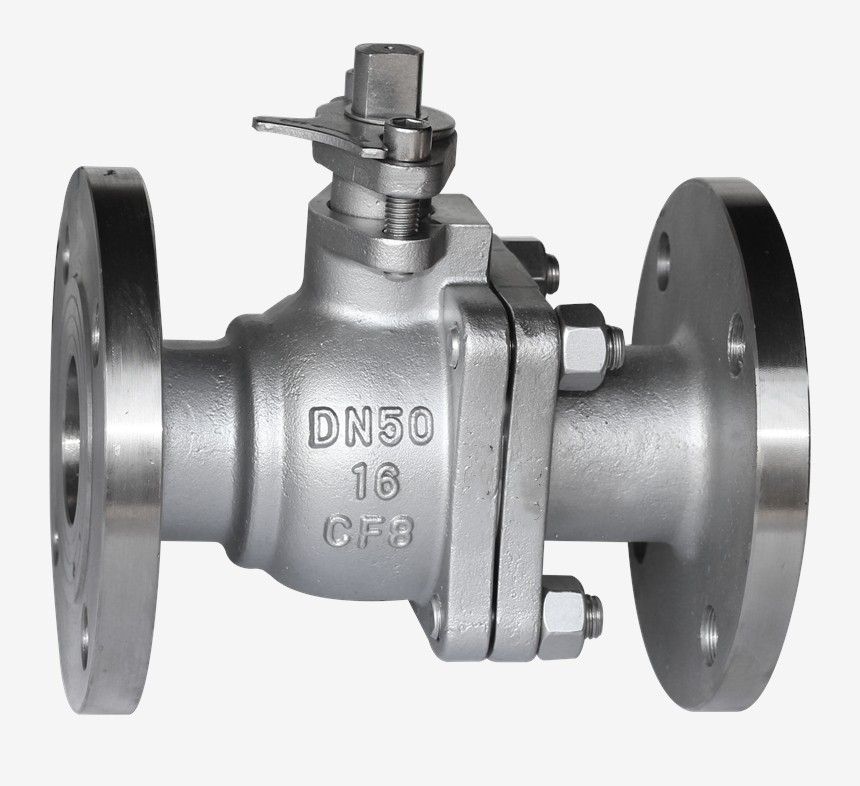cryogenic solenoid valves
Cryogenic Solenoid Valves An Overview
Cryogenic solenoid valves play a vital role in various applications where extremely low temperatures are involved. These valves are designed to control the flow of cryogenic fluids, which are substances that exist in liquid form at extremely low temperatures, typically below -150 degrees Celsius (-238 degrees Fahrenheit). Common cryogenic fluids include liquid nitrogen, liquid helium, and liquefied natural gases. The functionality and performance of cryogenic solenoid valves are critical to ensuring safety, reliability, and efficiency in processes that involve these temperature-sensitive fluids.
Design and Functionality
Cryogenic solenoid valves operate using an electromagnetic mechanism. When electrical current flows through the solenoid coil, a magnetic field is generated, causing a plunger to move and either open or close the valve. This mechanism allows for rapid and precise control of fluid flow, making it an essential component in various industries, including aerospace, medical, and manufacturing.
One of the primary challenges in designing solenoid valves for cryogenic applications is the material selection. The materials used must withstand extreme temperatures without becoming brittle or losing their structural integrity. Common materials for cryogenic valves include stainless steel, brass, and certain specialized polymers, which are chosen based on their ability to handle low temperatures and prevent leakage.
Applications
Cryogenic solenoid valves are used across a range of applications. In the aerospace industry, these valves are critical for managing fuel systems that utilize liquefied gases, ensuring the safe and efficient operation of rockets and spacecraft. In the medical field, cryogenic technologies are employed for storing biological samples and delivering gases for cooling during surgical procedures. Additionally, many industries utilize cryogenic cooling systems to enhance manufacturing processes, making cryogenic solenoid valves indispensable in these applications.
Another critical application is in the field of liquefied natural gas (LNG). As LNG gains popularity as a cleaner energy source, efficient and reliable cryogenic valve systems are necessary for storage, transport, and regasification. These valves help maintain the integrity of the LNG systems, ensuring that the gas remains in its liquid state under low temperature and high-pressure conditions.
cryogenic solenoid valves

Key Considerations
When selecting a cryogenic solenoid valve, several factors must be considered to ensure optimal performance. The first consideration is the operating temperature range—which should align with the specific requirements of the application. The pressure rating is another critical factor, as valves must be able to withstand high pressures commonly associated with cryogenic systems.
Seal selection is also crucial; the seals must be compatible with cryogenic fluids to prevent leaks and maintain operational integrity. Additionally, the response time of the solenoid valve significantly affects system performance. Fast-acting valves can enhance system responsiveness, making them a preferred choice in time-sensitive applications.
Future Trends
As technology evolves, the demand for cryogenic solenoid valves is anticipated to grow. Innovations in material science and engineering are expected to lead to improved valve designs that can handle even lower temperatures and more aggressive fluids. Furthermore, the increasing emphasis on sustainability, particularly within the energy sector, will likely drive advancements in cryogenic technology, expanding the applications and efficiency of solenoid valves.
Conclusion
Cryogenic solenoid valves are essential components in the management and control of low-temperature fluids across various industries. Their unique design and functionality enable precise control, making them indispensable for ensuring the safety and efficiency of cryogenic processes. As industries continue to innovate and seek greener solutions, the significance of cryogenic solenoid valves is only expected to increase, paving the way for ongoing advancements in technology and applications in the field.
-
Breakthrough in Domestic Low Temperature Valve Technology in ChinaNewsAug.18,2025
-
From Machinery to Intelligent Brain: The Digital Transformation Wave of the Valve IndustryNewsAug.18,2025
-
PCVEXPO 2025NewsAug.18,2025
-
The Key to Fluid Control: Exploring the Advantages of Ball Valves in Industrial SystemsNewsJul.09,2025
-
The Versatile World of 1, 2, and 3 Piece Ball ValvesNewsJul.09,2025
-
Stainless Steel Ball Valves: The Ideal Choice for Efficient Flow ControlNewsJul.09,2025
-
Optimizing Fluid Control with Ball Float ValvesNewsJul.09,2025




